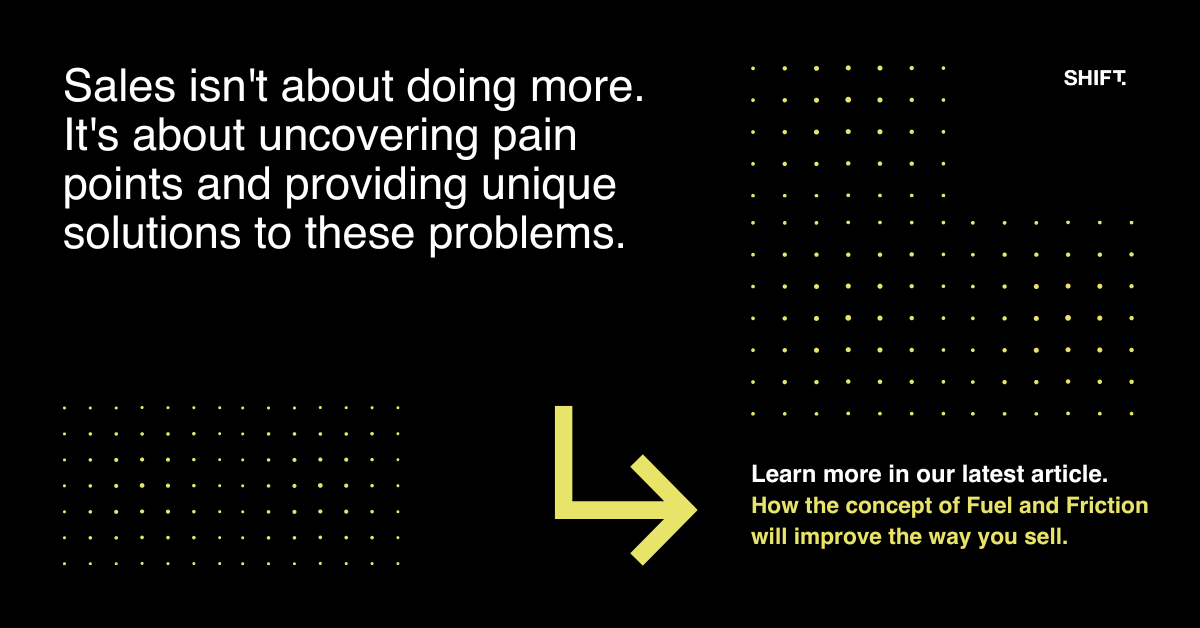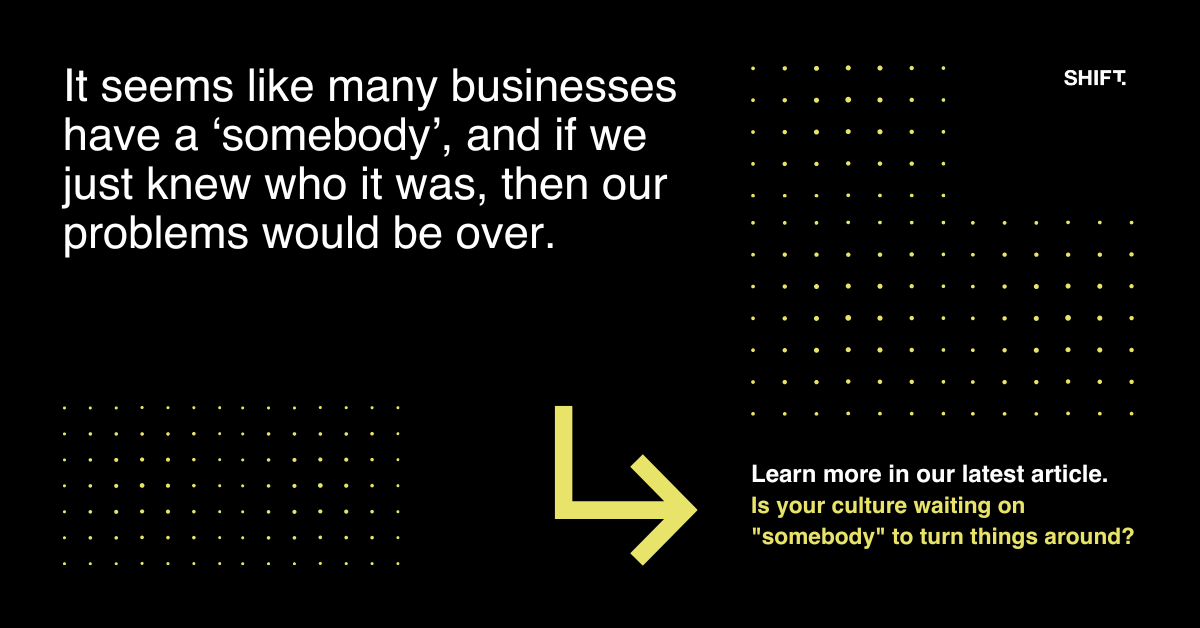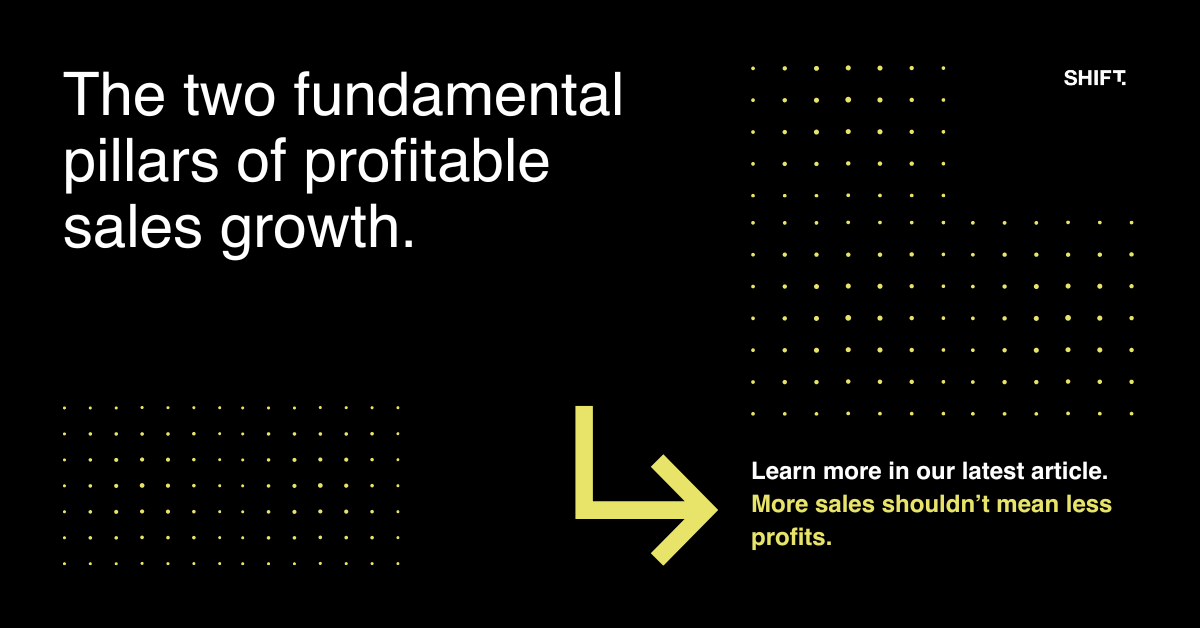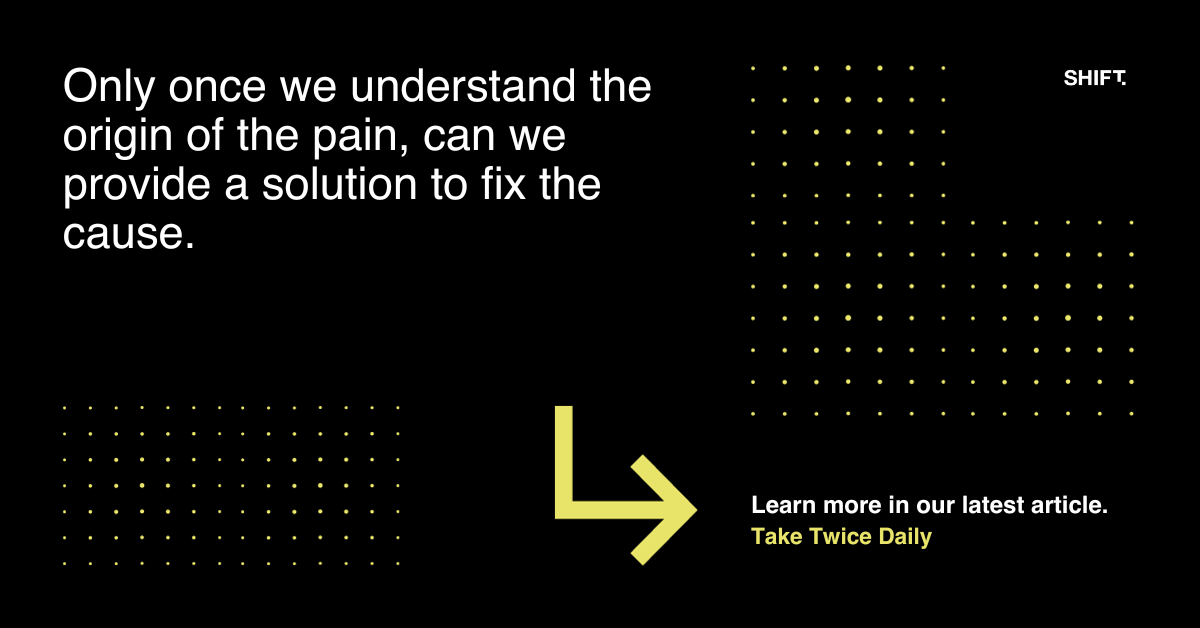In the world of customer service, the term ‘the last mile’ speaks to the importance of the delivery of goods within the sales process. That often the service during the sale may have been brilliant, but then the customer gets let down at the delivery stage, and all the goodwill goes out the window. In fact, you are only as good as the last interaction, so it had better be brilliant.
I want to take this one step further and talk about
‘the last hurrah’. This is the service that maybe 5% of your customers will experience after ‘the last mile’. This is the ‘After Sales Service’ experience.
Our customers' journey is often long with many touch-points. Each touch-point is a moment of truth (MOT) where the customer finds out if what you say about your customer experience actually happens. These are the litmus test of the sales culture.
Many companies get it right most of the time at the pointy end – making the sale, but then as the customer moves through the process the success rate drops. If you don’t believe me, jump on any company review site and see where the negative reviews come from. You will see that there are far more reviews about the delivery experience than there are about the selling experience. Then there is even more about the after-sales experience!
Generally, for every sale, 60% – 70% of customers need some sort of delivery process and only roughly 5%-10% that will need an after-sales process. Yet the after-sales process makes up a big % of the negative feedback.
This is why I have called it
‘the last hurrah’.
It is the last opportunity for a company to delight their customers, to make the experience a great one even though there has been an issue, real or perceived.
For many companies, their after-sales teams exist to minimise the cost of the after-sales interaction rather than maximise the customer experience. For them, it should be called
‘the last straw’.
In the world of customer engagement, the sales process does not stop at the sale, it encompasses every touch point the customer has with the company at all stages. Everyone involved needs to understand they have a sales role to always sell to the customer just what the company’s brand stands for, reinforce the sales culture and the customer commitment.
Not aligning your sales team, your delivery team and your after-sales team to the one goal of customer satisfaction will see you fail many moments of truth and leave you susceptible to negative reviews, negative feedback, and far fewer advocates than you would like.
In a world where reputation, referrals and repeat business are the lifeblood of many businesses, why wouldn’t you align these areas?
Selling skills and a positive sales culture is something that is important for the whole business, not only the sales teams. Don’t worry, your customers are telling you when you have dropped the ball, you only have to look online.
What you do about it, well, that’s up to you.
Andrew Nisbet









